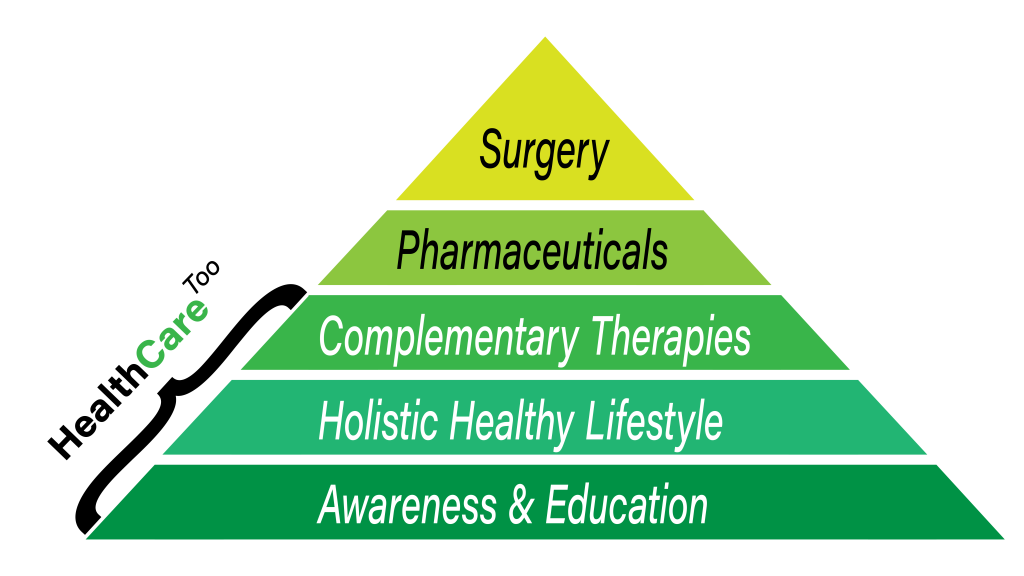WHO Promotes Back Pain Alternatives
It may have taken decades but there is an opening for non-drug and non-surgical alternatives in new guidelines from the World Health Organization (WHO) where WHO promotes back pain alternatives like manipulation and acupuncture. These approaches are good first lines of care and do not introduce risks associated with medical practices like opioids.
Clinical guideline research commissioned by the World Health Organization (WHO) contends that healthcare providers should first recommend drug-free and non-surgical care to back pain patients.
In an article in the Bulletin of the World Health Organization, “Care for low back pain: can health systems deliver?” researchers reviewed six sets of updated international guidelines for managing low back pain (LBP), pointing out that all recommend avoiding medication and surgery, if possible. They also stress that after educating patients about LBP and urging them to remain active, providers ought to consider recommending therapies such as spinal manipulation, most often performed by a doctor of chiropractic (DC), as well as massage and exercise. International guidelines also prioritize psychological and complementary therapies, such as stress reduction, yoga, acupuncture and tai chi, over medical and surgical interventions.
The growing consensus that LBP management should not begin, or even involve, medications and surgery means patient care requires a multidisciplinary team effort. For example, a primary care physician would collaborate with a DC, a physical therapist or a psychologist, or all of the above to help reduce patients’ pain without potentially harmful medications such as opioids, which recent evidence shows are ineffective for managing long-term LBP.
Source: WHO Says No to Drugs and Surgery in Back Pain Guidelines
You may also be interested in Mindfulness Changes Brain | NCCIH




